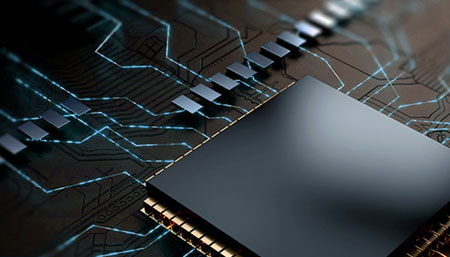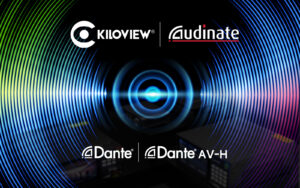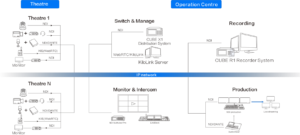Introduction to the SDI interface:
The SDI interface is a “digital component serial interface”. The SDI interface is an acronym for the serial digital interface. The interface uses coaxial cable and the BNC interface is used as the cable specification. The useful distance is 100M.
SDI interface classification:
The SDI interface is widely used in the field of cameras. The SDI interfaces currently used are classified according to the transmission rate:
1, SD-SDI
2, HD-SDI
3, 3G-SDI
4, 12G-SDI
The SDI interface is a digital signal transmission, which needs to be paired to the corresponding SDI header and the receiving end to be used. These types of SDIs are abbreviated. From the 1-4 categories, the resolution of the image signals that can receive the output is different. The higher the resolution, the higher the transmission rate requirement. Simply put:
1. SD-SDI can only transmit standard-definition signals, that is, 720*576 and below resolution signals.
2. HD-SDI can transmit signals up to 1080P30fps.
3, 3G-SDI can transmit up to 1080P60fps signal.
4, 12G-SDI can transmit signals of up to 4K60fps.
The detailed transmission rate does not need to be tangled, just remember the transmission type resolution. High rates are compatible below.
SDI interface features:
The SDI standard specifies how uncompressed serial digital video data can be transferred between product devices over a video coaxial cable. Digital audio signals are often embedded in the SDI signal, that is, the digital audio signal is inserted into the line of the video signal, and the field sync pulse (row, field blanking) is simultaneously transmitted with the digital component video signal.
The SDI interface cannot directly transmit compressed digital signals. After the compressed signals recorded by devices such as digital video recorders and hard disks are reproduced, they must be decompressed and output via the SDI interface to enter the SDI system.










